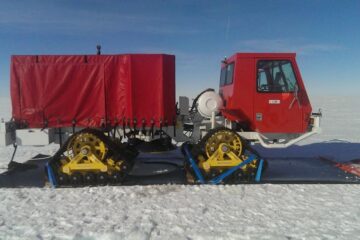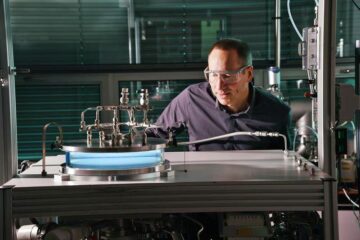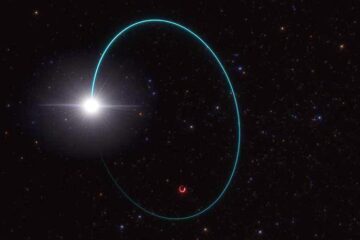Bats as role models….

Siemens presents fascinating material from ultrasound technology at the Expo in Japan
Bats use acoustic signals for their orientation and hunting. Human beings have learned quite a bit from bats. For example, the use of acoustic signals above the audible range of human beings that detect diseases and can be implemented for healthcare. Completely in tune with the motto for Expo 2005 “The Wisdom of Nature“, ultrasound technology has learned from nature. For years now, ultrasound uses sound waves for the purpose of medical diagnostics. Siemens shows a fascinating simulation at the German Pavilion at the World Exhibition in Aichi/Japan. The keyword: Bionics, the teachings of using natural principles for technical applications.
While the sonic waves of bats move in a frequency range between 40 to 80 kilohertz (kHz), ultrasound systems used in medicine work with considerably higher frequencies in the megahertz range. The results are higher image resolution and consequently higher image quality enabling physicians to reach solid medical diagnoses. Modern ultrasound diagnostics are able to display inner organs in four dimensions – that is, in real time. As a non-invasive and patient-sparing examination method it is suitable for a wide range of clinical applications, especially in the area of prenatal care. Between March 25 and September 25, Siemens Medical Solutions will be presenting Expo visitors with a film discussing the principles of ultrasound technology. An ultrasound system (Sonoline Antares) will be at the site as well. At the push of a button, the system will be simulating the results of an ultrasound examination at a separate test configuration. Following the principle of orientation used by bats, the visitor will be able to observe the generation of an ultrasound image.
Background information: ultrasound diagnostics in medicine
Ultrasound waves are acoustic waves from a frequency range not audible to the human ear. Ultrasound diagnostics (also known as sonography) use the fact that high-frequency sound waves are partially reflected at tissue boundaries of various densities. The echoes separated in time are received during transmit pauses by the same crystals of the transducers and processed into brilliant images with special signal and high-performance processors. The frame rate is so high that even rapidly moving organs such as the heart can be displayed in real time. Echocardiography (ultrasound examination of the heart) uses frequencies from 1 to 15 megahertz (MHz). From the first use of ultrasound technology for medicine in 1926 up to viewing the heart with an ultrasound transducer in the year 2001, Siemens was involved in the research and development of this technology.
Ultrasound examinations spare the patient during various clinical scenarios. In addition to examining the fetus during pregnancy, the method is used for organ, soft tissue and vessel diagnostics. Another application is the acquisition of lymph nodes. Siemens is one of the largest international providers of ultrasound systems in medicine.
Media Contact
Alle Nachrichten aus der Kategorie: Messenachrichten
Neueste Beiträge

Merkmale des Untergrunds unter dem Thwaites-Gletscher enthüllt
Ein Forschungsteam hat felsige Berge und glattes Terrain unter dem Thwaites-Gletscher in der Westantarktis entdeckt – dem breiteste Gletscher der Erde, der halb so groß wie Deutschland und über 1000…

Wasserabweisende Fasern ohne PFAS
Endlich umweltfreundlich… Regenjacken, Badehosen oder Polsterstoffe: Textilien mit wasserabweisenden Eigenschaften benötigen eine chemische Imprägnierung. Fluor-haltige PFAS-Chemikalien sind zwar wirkungsvoll, schaden aber der Gesundheit und reichern sich in der Umwelt an….

Das massereichste stellare schwarze Loch unserer Galaxie entdeckt
Astronominnen und Astronomen haben das massereichste stellare schwarze Loch identifiziert, das bisher in der Milchstraßengalaxie entdeckt wurde. Entdeckt wurde das schwarze Loch in den Daten der Gaia-Mission der Europäischen Weltraumorganisation,…





















